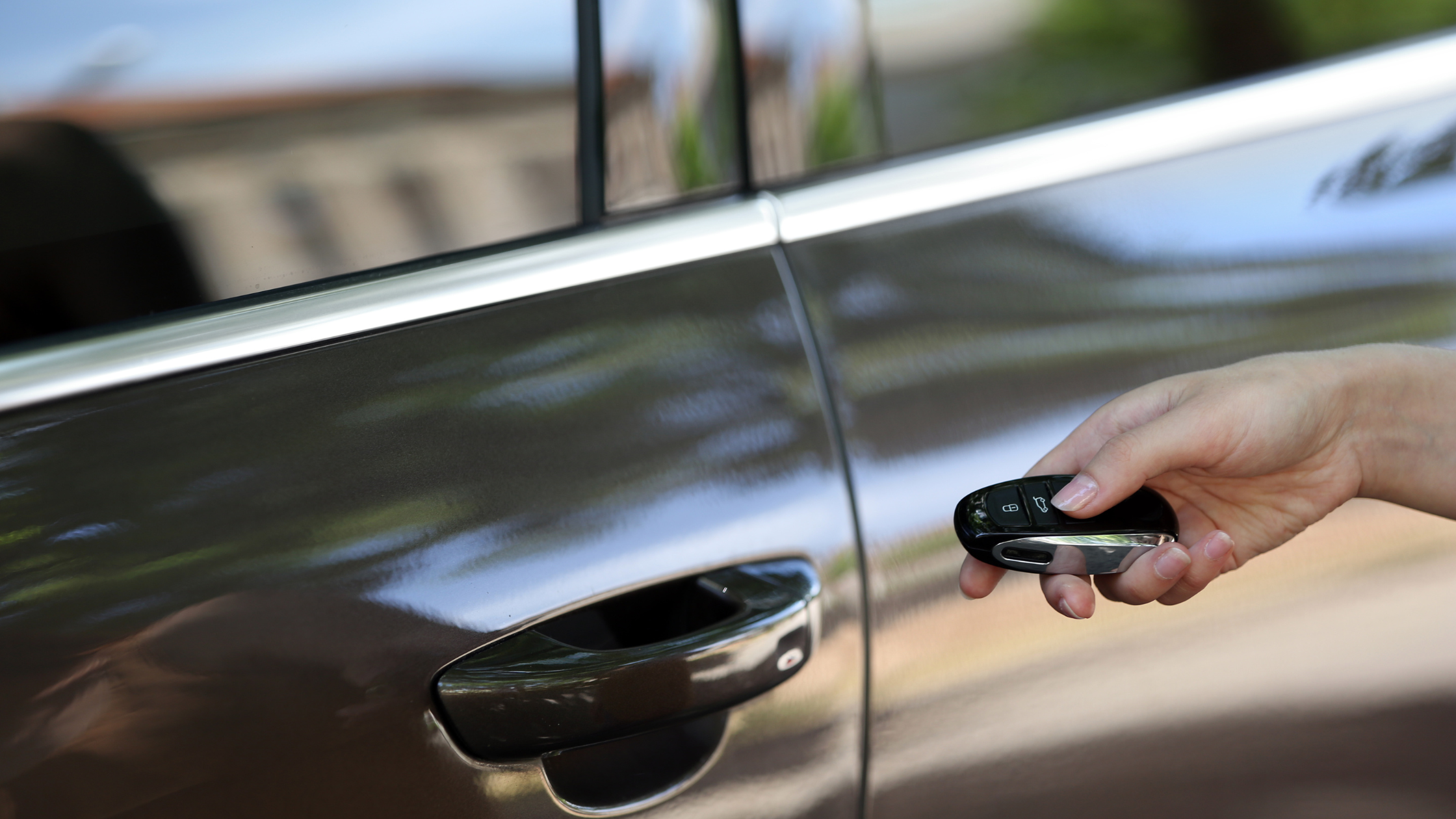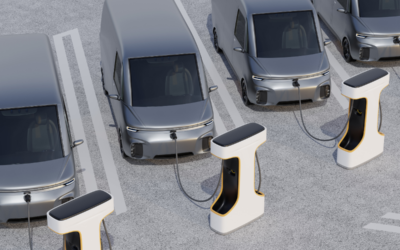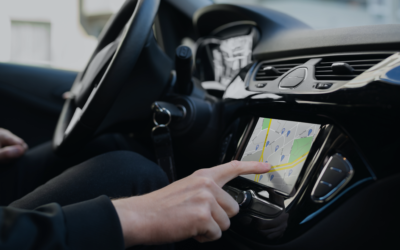Car theft tactics have evolved. So must our defences.
As vehicle criminals move from smashing windows to cloning keys and hacking wireless signals, traditional car alarms—once the gold standard of deterrence—are increasingly showing their age. Meanwhile, ghost immobilisers are rapidly rising in popularity as a more stealthy, tech-savvy solution. But how do these systems really compare?
Let’s break down the differences, examine their pros and cons, and help you decide which security solution is the better investment for your vehicle or fleet.
What Are Traditional Car Alarms?
Traditional alarms are designed to alert rather than prevent. They trigger loud sirens when motion, vibration, or forced entry is detected.
Typical features include:
- Audible alarms (sirens)
- Flashing lights
- Shock/motion sensors
- Key fob integration
These systems can be effective at deterring opportunistic thieves—those who flee at the sound of a loud siren. But in real-world scenarios, especially in noisy urban areas, how often do passersby react to car alarms anymore? Unfortunately, not often enough. Alarms are frequently dismissed as false triggers from wind, pets, or even passing trucks (Exploring Modern Vehicle Security: Ghost Immobilizers vs. Traditional Alarms | My Pocahontas).
What Is a Ghost Immobiliser?
A ghost immobiliser is an advanced anti-theft system that prevents the engine from starting unless a unique PIN code or sequence is entered via your vehicle’s existing buttons (like those on the steering wheel or dashboard). It’s invisible, silent, and doesn’t rely on traditional keys or fobs, making it highly resistant to common theft methods like:
- Key cloning
- Signal jamming
- Relay attacks
- Device spoofing
Even if a thief gains access to your vehicle, they can’t drive off without your personalised code. It’s security through stealth.
Ghost Immobilisers vs. Traditional Alarms: Feature Comparison
| Feature | Traditional Alarms | Ghost Immobilisers |
|---|---|---|
| Audible deterrent | Yes | No |
| Stealth protection | Low – Visible sensors & keypads | High – No visible components |
| Protection from key cloning | No | Yes |
| Protection from relay attacks | Limited | Yes |
| User customisation | Basic (sensitivity settings) | High (unique PIN or code sequences) |
| Installation | Often DIY or standard garage installs | Professional installation recommended |
| Cost | Lower upfront | Higher upfront, lower theft risk |
| Compatibility | Most vehicles | Wide range, including electric vehicles |
Security That Works Silently in the Background
One of the biggest benefits of ghost immobilisers is their discretion. Unlike traditional systems, there’s no blaring siren, no flashing LED, and no obvious signs that a system is even installed. This invisibility means potential thieves don’t even know what they’re up against until it’s too late.
Plus, advanced models offer convenient features like:
- Valet mode, which allows limited vehicle use without the code (ideal for servicing or parking)
- Transport mode, which temporarily disables the system for towing or transport
These smart integrations offer both flexibility and layered security (Ghost Immobilisers: A Guide to Enhanced Vehicle Security | by The Car Edition Ltd (The Car Edition Ltd) | Medium).
So, Which One Should You Choose?
It comes down to what you value most:
- Need an affordable, quick deterrent? A traditional alarm might suffice—especially for older or lower-risk vehicles.
- Want the highest level of security against modern threats? A ghost immobiliser is the superior choice.
Think of it like this: traditional alarms are like loud dogs barking at intruders, while ghost immobilisers are like hidden traps — silent, but devastatingly effective.
Traknova’s Take: Go Beyond the Alarm
At Traknova, we believe in equipping our customers with next-generation tools to protect what matters most. Our ghost immobilisers are professionally installed and seamlessly integrated with our tracking solutions, dash cams, and immobilisation technology. Final Thoughts?
The battle against vehicle theft is no longer just physical — it’s digital, invisible, and constantly evolving. Traditional alarms may still have their place, but in today’s landscape, ghost immobilisers are redefining what effective vehicle security really looks like.










